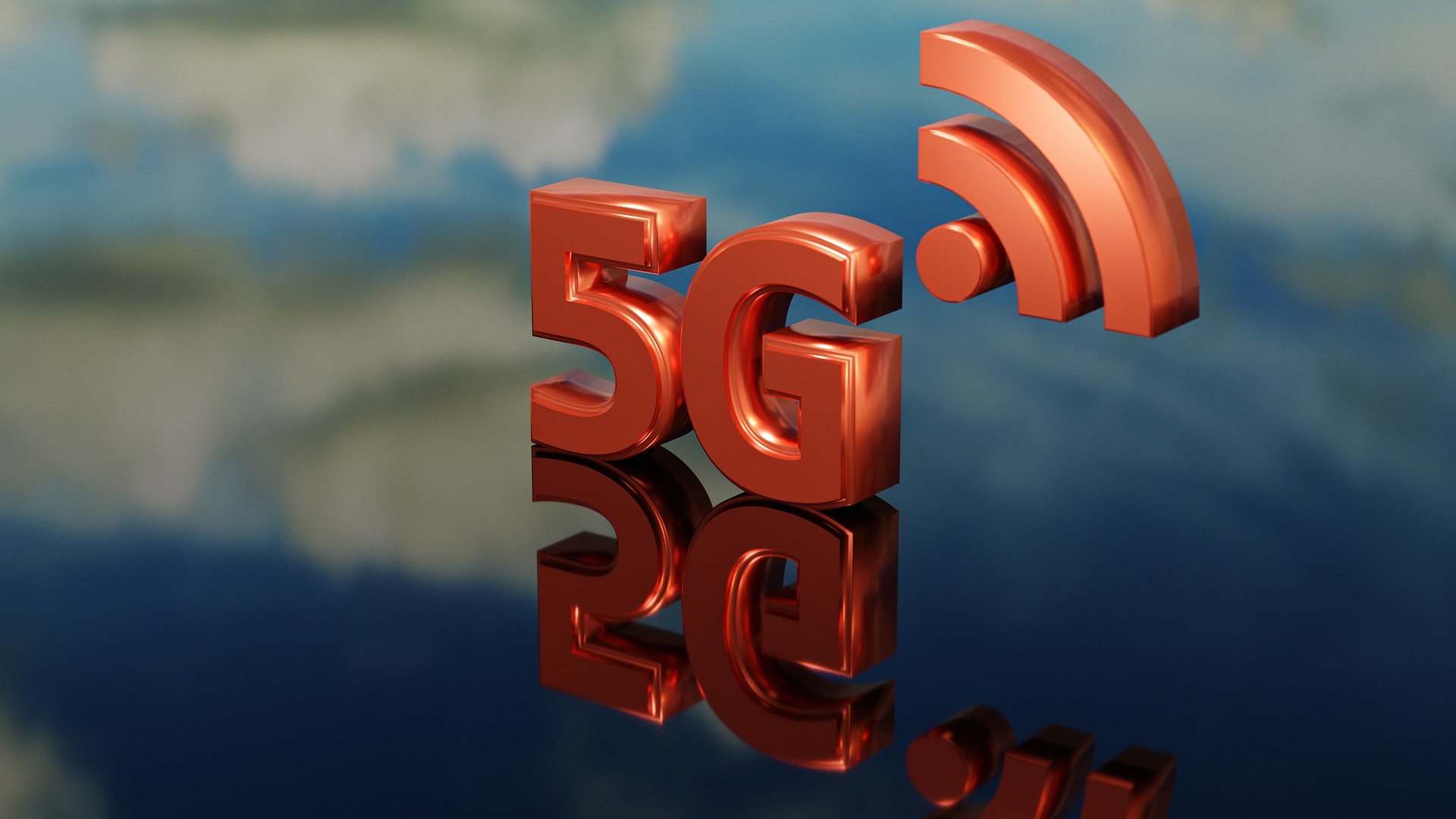Unmasking the Silent Language: The Power of Nonverbal Communication in Today's Society
In a world dominated by digital communication, nonverbal cues are the silent language that still speaks volumes. Read below to uncover how this unspoken dialect shapes our social interactions and understanding of each other. Nonverbal communication, an integral part of human interaction, has been a subject of interest for sociologists since the early 20th century. It encompasses everything from facial expressions, body language, tone of voice, to the subtler elements like personal space and touch. Despite the rise of textual communication in the digital age, nonverbal signals remain a potent tool in shaping our social interactions and understanding of one another.

The Current Lens: Nonverbal Cues in the Digital Age
In today’s digital society, nonverbal communication has adapted and evolved. Emojis, GIFs, and memes have become our modern lexicon for expressing emotions and ideas nonverbally. Yet, when face-to-face communication becomes the norm again, we relearn the importance of reading physical cues. The trend now leans towards a hybrid communication model, mixing traditional nonverbal cues with digital signals.
Social Movement: The Revival of Nonverbal Literacy
There’s a growing movement to enhance our understanding of nonverbal communication. Experts argue that nonverbal literacy, the ability to correctly interpret these unspoken cues, is crucial in an increasingly globalized and diverse society, where miscommunication can lead to misunderstandings and conflict. This drive for nonverbal literacy is shaping modern education and professional training, emphasizing the importance of being fluent in this silent language.
Research Insights: The Impact of Nonverbal Communication
Research reveals that nonverbal cues play a significant role in how we perceive and understand each other. Studies show that body language and facial expressions can influence our impressions of people more than their words. On the other hand, digital nonverbal cues like emojis and GIFs can also affect our perception of a text’s tone and intention.
Balancing Depth and Accessibility
Understanding nonverbal communication is a complex task, but it’s vital for effective social interaction. It’s a silent language that requires careful observation and interpretation. As we move towards a future where digital and physical communication converges, being literate in nonverbal cues becomes even more significant.
In conclusion, nonverbal communication remains a powerful tool in our social interactions. As we navigate the digital age, the silent language continues to evolve, shaping how we understand each other and the world around us. It’s a testament to the adaptability of human communication and a reminder that sometimes, what’s unspoken can speak the loudest.






